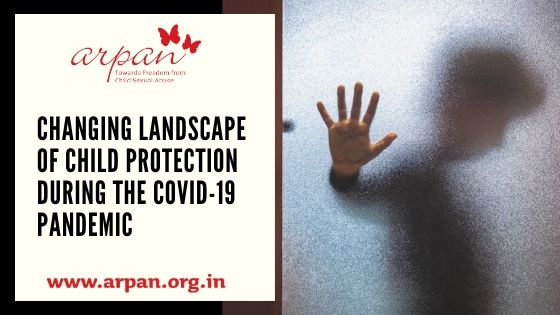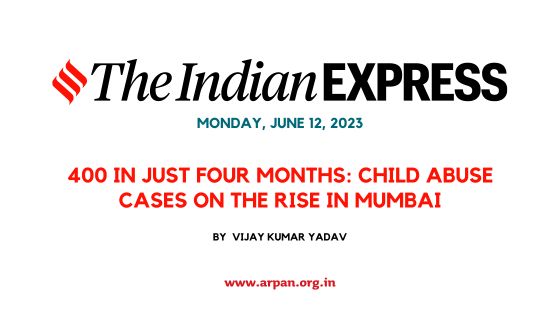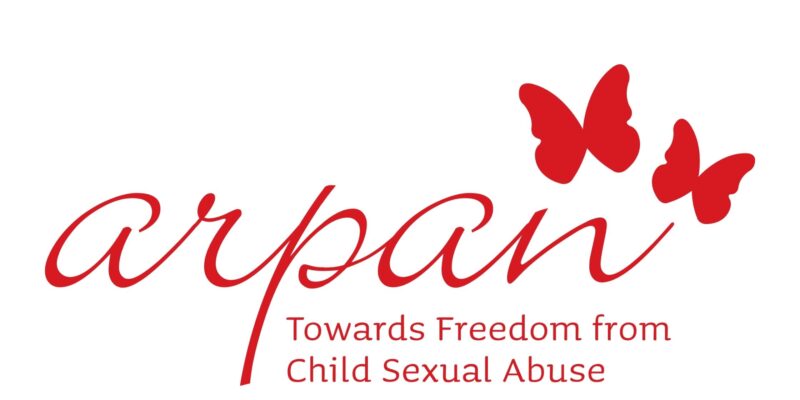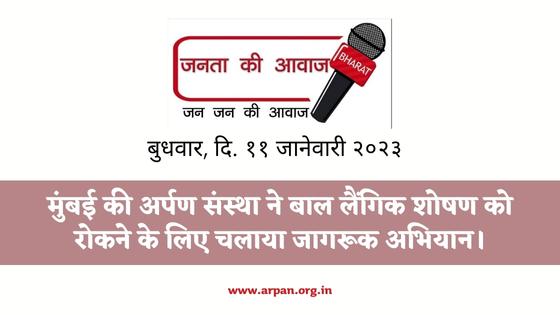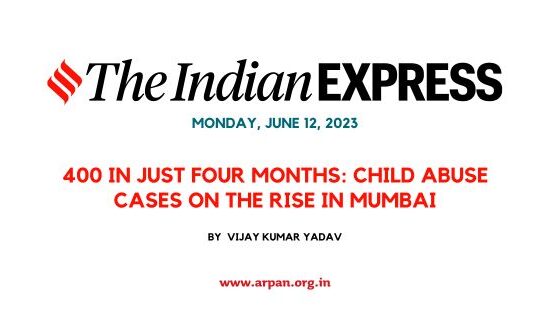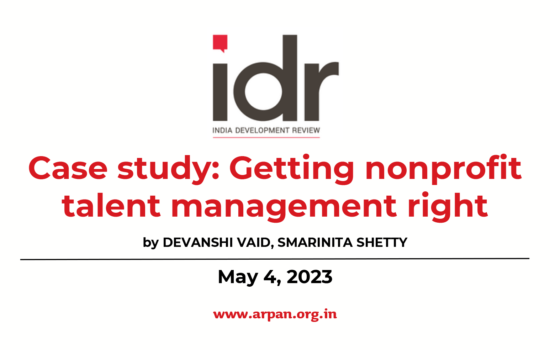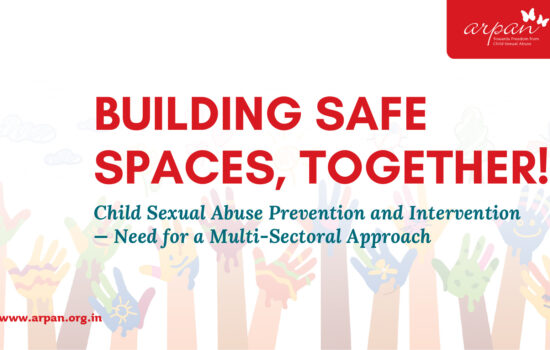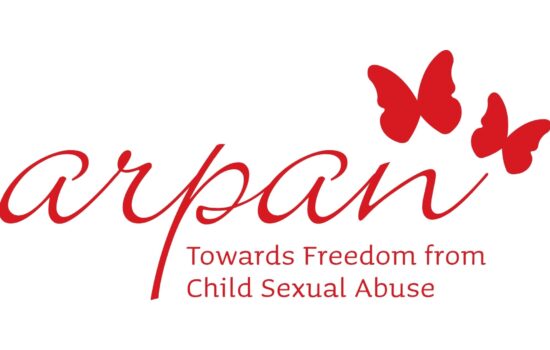One of the most frightening and unanticipated results of the COVID-19 lockdown has been the increase in domestic violence cases for both women and children. There is already news from different parts of the world regarding the spike in the number of cases of abuse and violence against children (Wanqing, 2020, National Domestic Violence Hotline, 2020). While there are glitches in data in the Indian context and it might be too early to comment on the ‘rise’, it goes without saying that there are ample reasons which show risk for abuse and neglect can and will multiply.

Estimates
Every year, hundreds of millions of children are exposed to domestic violence at home; as many as 275 million children worldwide.
“In India alone 27 to 69 million children are exposed to violence at home.”
This range is a conservative estimate based on the limitations of available data. In actuality, millions of more children may be affected by violence at home.
Different ways children witness domestic violence –
- By watching abuser violently assaulting someone
- By hearing abuse happen in the room next door
- By seeing physical injuries following an incident of violence
- By being aware of tension around the abuser
Domestic abuse can –
- Happen inside or outside the home
- Happen over phone, internet or social networking sites
- Happen in any relationship
- Happen to both men and women (abuser or abused)
Why is the Pandemic Resulting in a Rise of Domestic Violence?
- The pandemic can lead to separation of the child from the primary caregivers because of quarantine or hospitalization needs of a family member. This may lead to children being unsupervised, away from parental care and further prone to abuse and neglect.

- Pandemic and the lockdown leads to loss of livelihood, economic uncertainty, overcrowding of people, closure of schools which then leads to increased anxiety and stress. This contributes to children either observing or being at the receiving end of physical, emotional, sexual abuse and neglect, especially in already dysfunctional families.
- In cases of sexual abuse, for a significant number of abusers especially in cases of incest (as per NCRB data 2017, the abuser is usually a family member in 94% of cases), the incidence is bound to go up in this situation. The lockdown creates an environment where the child is forced to be in proximity to the abuser. It also leaves little space for children to get away from an abusive environment and move to a safe space.
- Based on recent reports, convicted family members are also being allowed to be out on parole to create social distancing in prisons. This can create a situation of heightened anxiety and can compromise the safety of children.
- “Increased focus on digital learning is also significantly increasing children’s exposure to online platforms, which is further leading to children’s vulnerability to sexual abuse online.”
- Recent data in India has showcased a 200% increase in exposure to violent online content since the lockdown.
- Lack of access to schools, NGOs, helplines and other first respondents who often offer the first point of contact can significantly affect the support network that can help children cope. At the same time, children in lockdown will also find it challenging to reach out to a helpline, as the abuser would be around them.
Effects of Domestic Abuse on Children
Domestic abuse has a powerful and profound impact on children’s lives and hopes for the future. It remains a largely hidden problem that few countries, communities or families openly confront. Domestic abuse is not limited by geography, ethnicity, or status; it is a global phenomenon.
Several findings show that children who are exposed to violence at home may suffer a range of severe and lasting effects:
- There is an increased risk of children becoming victims of abuse themselves – There is a common link between domestic violence and child abuse. Among victims of child abuse, 40% of them report domestic violence at home There is a common link between domestic violence and child abuse. Among victims of child abuse, 40% of them report domestic violence at home.

- There is a significant risk of ever-increasing harm to the child’s physical, emotional and social development – Infants and small children who are exposed to violence at home experience so much added emotional stress that it can harm the development of their brains and impair cognitive and sensory growth.Primary school-age children may have more trouble with school work and show poor concentration and focus. They tend to not to do as well in school. Later in life, these children are at a greater risk for substance abuse, juvenile pregnancy and criminal behaviour.
- There is a strong likelihood that this will become a continuing cycle of violence for the next generation – The single best predictor of children becoming either perpetrators or victims of domestic violence later in life is whether or not they grow up in homes where there is domestic violence.However, not all children fall into the trap of becoming victims or abusers themselves. Many adults who grew up with violence at home are actively opposed to violence of all kinds as well.
What to do if a Child Reveals Abuse to you?
- Listen carefully to what they are saying.
- Let them know they have done the right thing by telling you.
- Tell them “It’s not your fault”.
- Don’t confront the alleged abuser.
- Explain to the child what you will do next.
- Report to the relevant authorities what the child has told you, as soon as possible.

What can we do to Stop Child Abuse?
“These are trying times and it calls for new-age thinking and being innovative to deal with the issue of child protection in the lockdown situation. We need to think out-of-the-box and strategise to see how we can reach children experiencing abuse and violence. And to do that, we need to act together. Each one of us.”
Pooja Taparia – Founder, Arpan
We must gear up to take steps that can prevent and safeguard children. All stakeholders need to work together and develop an inter-agency plan in collaboration with relevant authorities, to ensure prompt help and efficient intervention.
Here are a few action points we can undertake, keeping child protection in focus:

1. Government
- Run a media campaign on child abuse, highlighting that help is available through the helpline number 1098.
- Designate Child Protection Services as a part of Essential Services, so that children have access to prompt help.
- Enforce strong safeguards, protocols and monitoring to intervene in case of online Child Sexual Abuse.
- Allow shelters to take newly reported cases, with consideration of due safety.
2. Child Welfare Committee (CWC)
- Continue support through online and telephonic channels for children who require care and protection.
- Monitor cases telephonically, along with an online conferencing facility for children who have been sent back to their families.
- Make provisions to ensure counselling is made available through online channels.
3. Schools and NGOs
- Adults who work with children, including teachers, social workers, relatives and parents themselves, need awareness and skills to recognise and meet the needs of children exposed to violence at home.
- Keep communication channels open with children and caregivers to provide required support along with continuing education.
- Provide children with knowledge and skills to identify unsafe situations and seek help through online and digital platforms.
- Make adults aware of the increased risks of abuse both online and offline, along with ways to respond effectively.
- Provide the required knowledge and skills for non-offending parents and family members, and equip them with effective bystander intervention skills.
- Create platforms for parents and other caregivers to ease their stress and anxiety, and provide them with positive parenting and self-care resources.
- Host helpline/chat support to children and adults, with handholding support for their counselling needs in case of anxiety related to the pandemic and ongoing or past abuse, and encourage an informal (and virtual) social support network.
4. Parents
- Be aware of the risks of child abuse; be vigilant and initiate a conversation with children on personal safety.
- Children need to know that there are family members who will listen to them, believe them and shelter them safely.
Enough secrets, enough shame, enough hurt, enough confusion, enough denial;
STOP child abuse!
NOW!
This article has been co-written by Dr. Manjeer Mukherjee, Senior Director at Arpan, an organisation that works on Child Sexual Abuse, and Ms. Sonali Saini from Sol’s Arc, an organisation that works on inclusive education.
Additional Resources from Arpan-
- Chat-based counselling support via direct messaging on Facebook, Instagram, Twitter & through a live-chat function available on https://www.arpanelearn.com/
- Phone-based counselling support on their helpline number +91 98190 86444
- You can access all the resources here: https://www.arpan.org.in/covid-19-support-resources/
- You can also find details for the Free Mental Health service here: https://www.arpan.org.in/mental-health-support-covid-19/

